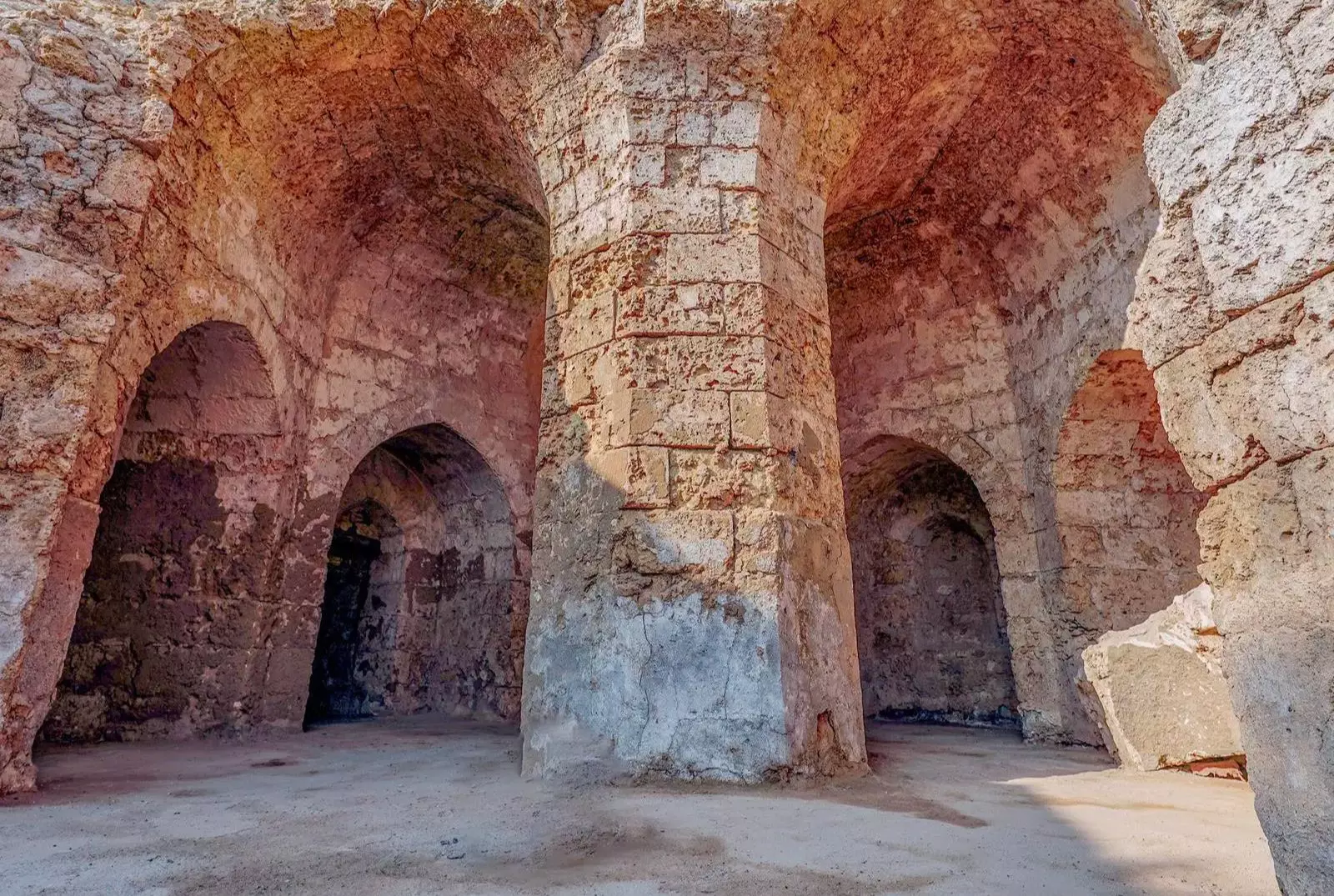Jeddah Historic District Program Unearths 25,000 Fragments of Ancient Artifacts
Significant archaeological discoveries shed light on the rich history of Jeddah and contribute to the preservation of national antiquities.

- Published:
5 Feb 2024 3:38 AM IST

Jeddah, Saudi Arabia: The Jeddah Historic District Program, in partnership with the Heritage Commission, has recently made a remarkable announcement regarding the unearthing of 25,000 fragments of artifacts dating back to the first two centuries AH (7th to 8th centuries AD). With the goal of uncovering the historical significance of key locations such as Othman bin Affan mosque, Al-Shona, a segment of the Northern Wall, and Al-Kidwah, this extensive archaeological endeavor falls within the purview of the Jeddah Historic District Program.
The revelation of these archaeological findings forms a part of the broader Historic Jeddah Revival Project initiated by His Royal Highness Crown Prince, which strives to preserve national antiquities, unearth archaeological sites, and promote historic Jeddah as a cultural and tourist destination in alignment with the Saudi Vision 2030.
Detailed studies and excavations carried out since January 2020 have resulted in significant discoveries. Noteworthy findings include 11,405 pottery shards totaling 293 kg, 11,360 animal bones weighing 107 kg, 1,730 shells weighing 32 kg, 685 building materials weighing 87 kg, 187 glass artifacts weighing 5 kg, and 71 metal artifacts weighing 7 kg. Combined, these archaeological treasures weigh 531 kg, making a substantial contribution to Saudi Arabia's ever-growing collection of archaeological discoveries.
At Othman bin Affan Mosque, artifacts from various historical periods have been unearthed, including ebony pillars believed to have originated from Ceylon (now Sri Lanka) in the 7th to 8th centuries AD. The extensive trade connections of historic Jeddah are exemplified by these findings. Furthermore, the excavation highlighted a collection of ceramic vessels and fragments, some made in the Chinese province of Jiangxi dating back to the 16th-19th centuries AD, as well as older pottery fragments from the Abbasid era.
The archaeological site at Al-Shona, dating back to at least the 19th century AD, has yielded numerous pottery shards, including those made of porcelain and ceramics from Europe, Japan, and China, dating from the 19th to 20th centuries AD. Excavations at Al-Kidwah, known as "Bab Makkah" or Makkah gate, have revealed sections of the Eastern Moat that likely date back to the late 18th century AD.
Within historic Jeddah, tombstones crafted from Mangabi stone, marble, and granite have been discovered at various locations. These tombstones feature inscriptions of names, epitaphs, and Quranic verses, potentially dating back to the 2nd and 3rd centuries AH (8th and 9th centuries AD), and are currently undergoing meticulous study.
The archaeological studies conducted at these historical sites encompassed excavations, radiocarbon analysis, soil analyses, geophysical surveys, and scientific examination of artifacts. Samples of wood from 52 buildings were sent to international laboratories for identification and dating, while exhaustive international archival research led to the collection of more than 984 historical documents, including maps and drawings of historic Jeddah, which are currently undergoing detailed study.
The Jeddah Historic District Program and the Heritage Commission have collaborated closely to ensure the documentation, registration, and preservation of these archaeological artifacts found within historic Jeddah. Their inclusion in the National Archaeological Register and the creation of scientific databases will safeguard the valuable information associated with the discovered artifacts for future generations.
Adjust Story Font
16
